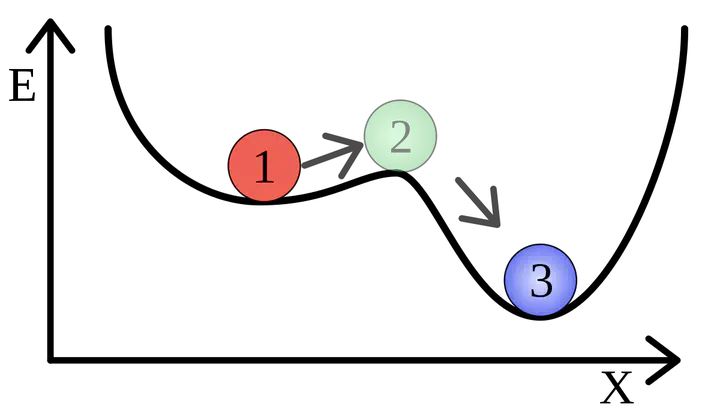Cascades towards noise-induced transitions on networks revealed using information flows

Abstract
Abrupt, system-wide transitions can be endogenously generated by seemingly stable networks of interacting dynamical units, such as mode switching in neuronal networks or public opinion changes in social systems. However, it remains poorly understood how such `noise-induced transitions’ are generated by the interplay of network structure and dynamics on the network. We identify two key roles for nodes on how tipping points can emerge in dynamical networks governed by the Boltzmann-Gibbs distribution. In the initial phase, initiator nodes absorb and transmit short-lived fluctuations to neighboring nodes, causing a domino-effect making neighboring nodes more dynamic. Conversely, towards the tipping point we identify stabilizer nodes whose state information becomes part of the long-term memory of the system. We validate these roles by targeted interventions that make tipping points more (less) likely to begin or lead to systemic change. This opens up possibilities for understanding and controlling endogenously generated metastable behavior.